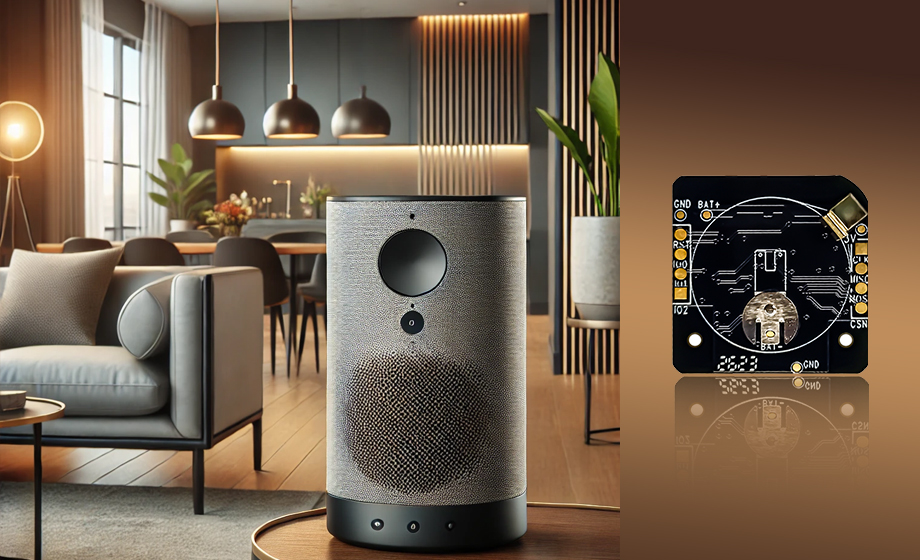I. Introduction
With the popularization of 5G, Internet of Things and other technologies, wireless communication is more and more widely used in various fields. Especially in scenes with high real-time requirements, such as automatic driving, drone control, VR/AR, etc., low-delay wireless communication technology is particularly important. Ultra wideband (UWB) technology comes into being in this context. UWB technology has gradually become the focus of wireless communication field because of its unique communication mode and extremely low delay.

Two, UWB chip module wireless communication chip characteristics and advantages
UWB technology, full name ultra-wideband technology, uses narrow pulses of non-sinusoidal waves in the nanosecond to picosecond range to transmit data, making it possible to transmit large amounts of data in a very short time. This characteristic makes UWB technology has a unique advantage in the field of wireless communication. First of all, the transmission rate of UWB is extremely high, which easily breaks through the bottleneck of traditional wireless communication technology. Secondly, because of its unique pulse signal form, UWB has a strong anti-interference ability to ensure the stability of communication. In addition, UWB's power consumption is extremely low, making long hours of operation possible.
Third, low delay communication UWB chip module wireless communication chip market status and future development
At present, the demand for low latency communication technology is growing explosively around the world. Major enterprises and research institutions have invested heavily in the development of UWB chip modules. In terms of market application, UWB technology has penetrated into many fields such as smart home, intelligent transportation, and the Internet of Things. Especially in the field of unmanned and UAV control, the low latency nature of UWB technology makes real-time control possible.
In the future, with the gradual deployment of 5G and 6G networks, the requirements for wireless communication technology will be more stringent. With its unique advantages, UWB technology is expected to occupy a place in the future wireless communication market. However, how to reduce cost, improve integration and compatibility with other wireless communication technologies will be the main challenges facing UWB technology.
How to choose the right UWB chip module
In the face of numerous UWB module wireless communication chips on the market, how to choose has become a key issue. First of all, we need to consider the performance parameters, such as transmission rate, power consumption, anti-interference ability, etc. Secondly, the application scenario is also one of the determining factors. In smart homes, for example, there may be a need to focus more on power consumption and integration; In unmanned driving, transmission rate and stability are more important. In addition, brand and price are also factors to consider. Some well-known UWB chip module brands have been widely recognized by the market in terms of performance and application, but the price is relatively high. For some start-ups or specific projects, it may be more appropriate to choose a more cost-effective product.
V. Conclusion
In general, low latency communication UWB chip module wireless communication chip development prospects are broad. Its excellent performance and wide application scenarios make UWB technology have great potential in the future wireless communication field. However, we should also note that UWB technology still faces many challenges, such as cost, integration, and compatibility with other technologies. Therefore, continued research and innovation will be key to driving the development of UWB technology. I hope this article can provide you with a comprehensive understanding and in-depth thinking about the low delay communication UWB chip module.



